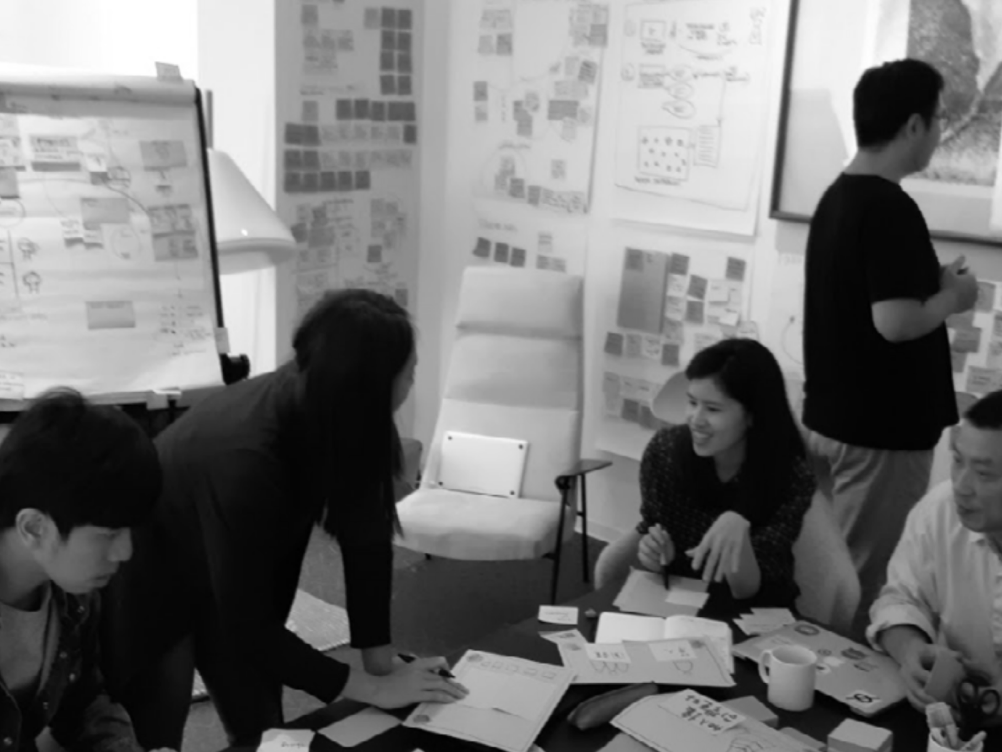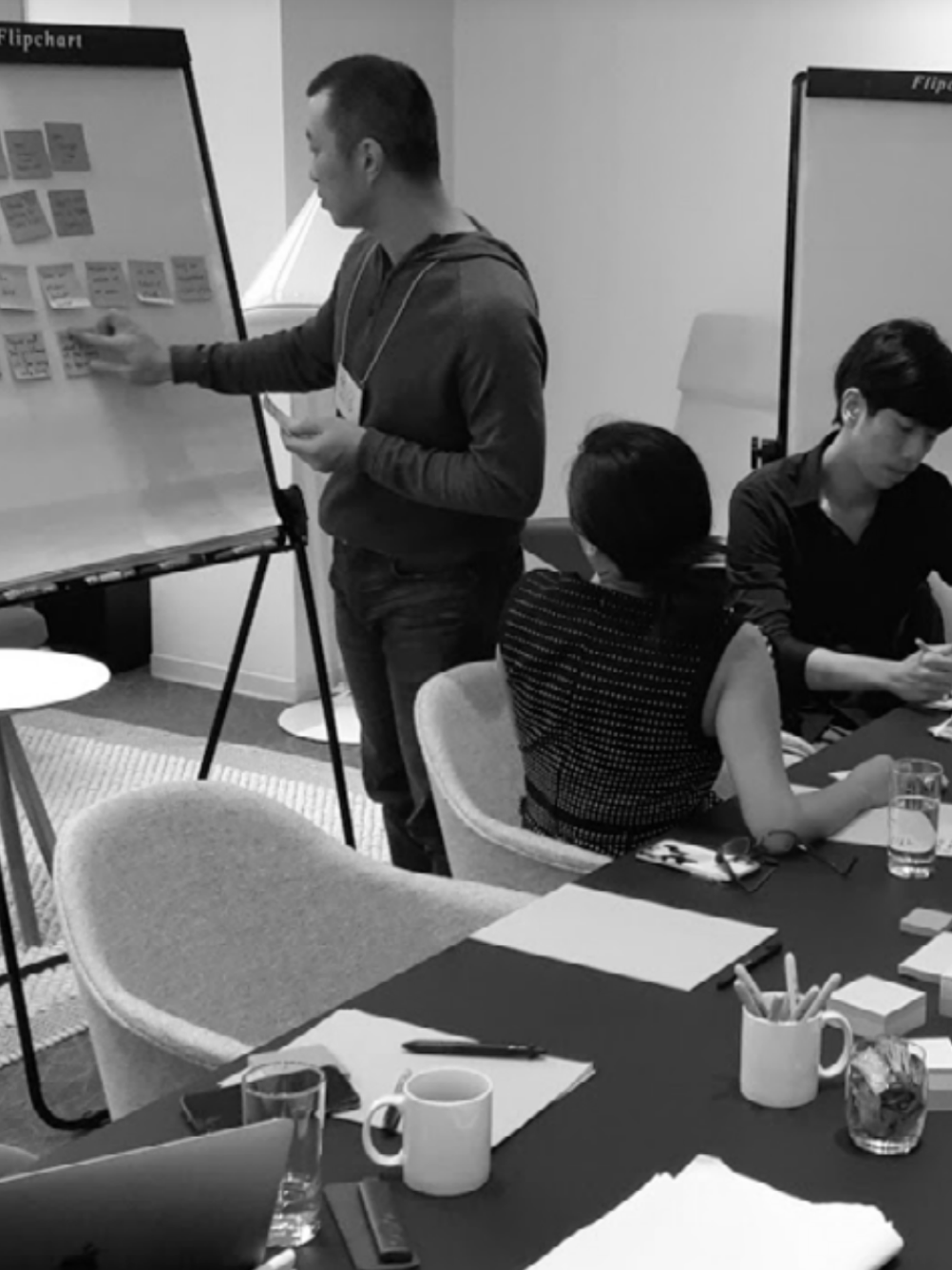The project
READr began with a business challenge, initially seeking to generate revenue to support their fact-checking platform. Through the GNI Design Accelerator (GNI DA), they collaborated with Echos Innovation Lab and Splice Media to address a foundational challenge—understanding their audience’s needs.
They conducted desk research, surveys and in-depth interviews with readers. By analysing and synthesising this qualitative and quantitative research, they determined that what truly motivates their
audience is a desire to build a better future for Taiwan—and read a reliable, trustworthy source of news.
Publisher Background
Disinformation represents a critical threat to democracies such as Taiwan.
Cyber armies often take advantage of complex, deep-rooted ideological, cultural and political differences among the country’s 23.8 million citizens to spread misinformation through tech platforms and messaging apps.









